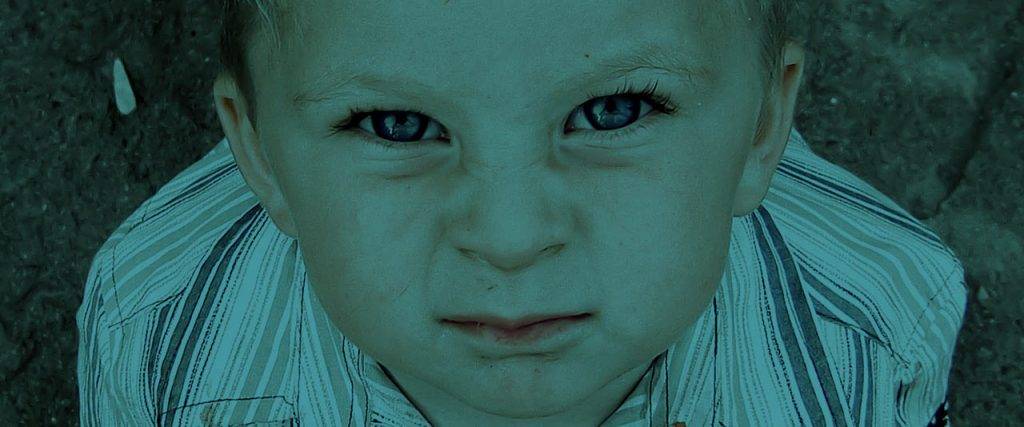Children don’t outgrow their vision problems — left untreated, they will just continue to struggle as adults.
Most of the time, vision problems persist or worsen in adulthood. Fortunately, optical correction or vision therapy during childhood can treat many vision problems.
Vision problems in children
Outside of myopia, hyperopia, and astigmatism, the most common vision problems in children are strabismus, amblyopia, and convergence insufficiency.
- Strabismus – also known as cross-eye, is a misalignment of the eyes and can be a cause of amblyopia.
- Amblyopia – also known as ‘lazy eye,’ impairs the communication between the brain and one eye, resulting in decreased vision in the affected eye. It’s the most common cause of vision loss in children.
- Convergence Insufficiency – when the eyes do not work together as a team, leading to reading, learning or attention issues. This cannot be corrected with glasses, contact lenses or surgery, and is best managed with vision therapy.
SEE RELATED: Should My Child Have An Eye Exam?
If you suspect your child may have any of the above, schedule an eye exam with an eye doctor near you.
Can amblyopia and strabismus be treated?
When amblyopia and strabismus are detected early and treated properly, there is a good chance of complete correction.
Surgery to align and straighten the crossed eye may be required depending on the severity of the strabismus.
Your eye doctor may use eye patching, glasses, or vision therapy to strengthen the weak eye and train the eyes to function together to treat amblyopia.
What is vision therapy?
Vision therapy is a tailored program that trains the brain and eyes to work together again.
Vision therapy is used to treat a number of problems with the eyes, such as focusing, tracking, and eye alignment. Vision therapy uses tools such as specialized glasses or prisms, as well as eye exercises, to reinforce success.
How quickly will results be seen?
Each patient is unique, and depending on their treatment plan, it could take anything from a few weeks to a few months to achieve the best results.
After a few weeks, though, many people notice an improvement in their visual abilities.
An eye doctor will continue to evaluate your progress throughout the program to decide how many visits are required to attain the optimal results.
LEARN MORE: Guide to Children’s Eye Exams
If you think your child might benefit from vision therapy, make an appointment with a developmental optometrist in your area.
Children usually don’t outgrow their vision problems, most of the time, vision problems persist or worsen in adulthood.
Fortunately, optical correction or vision therapy during childhood can treat many vision problems.

